| Coad | 669038 | Clear Aperture | - | |
| Type | High-Power Thin-Film Polarizer | Surface Quality S1 | - | |
| Substrate | UVFS | Surface Quality S2 | - | |
| Dimension(mm) | 12.7 x 3.0 | Surface Flatness | - | |
| Diameter | 12.7mm +0/-0.2 mm | Laser Damage Threshold | - | |
| Thickness | 3.0mm +0/-0.2 mm | Coating Type | Polarizing Film | |
| Wavelength(nm) | 600 - 1100 | Coating Parameter S1 | PBS@600-1100 nm | |
| Extinction Ratio | - | Coating Parameter S2 | Uncoated | |
| AOI(°) | 56 | |||
High-power thin-film polarizers are precision optical components designed using advanced coating technology to provide accurate polarization control in high-power laser systems. With their unique thin-film structure, these polarizers can effectively separate or adjust different polarization components of a beam (such as s- and p-polarized light), meeting the needs of various high-precision optical applications. Manufactured with high-quality coating processes, the polarizers deliver high transmission across most operating wavelengths while minimizing absorption losses, ensuring efficient laser performance with reduced energy loss.
The superior quality of thin-film polarizers not only guarantees beam stability and minimizes optical loss but also significantly enhances the overall efficiency of the optical system. Over extended use, these polarizers maintain excellent stability, ensuring reliable operation of high-power laser systems. In high-power applications, this stability is critical, as it directly affects system reliability and long-term sustainability.
High-power thin-film polarizers are widely used in laser systems, optical experiments and measurements, microscopy, optical communications, laser processing, and micromachining. In these applications, they enable precise polarization control, optimize beam transmission, enhance system performance, and ensure high-accuracy results in both research and industrial settings.
Notes:For best performance, it is recommended to store and use the polarizers at 25 °C and 40%–60% relative humidity. If contamination occurs on the coated surface, gently clean with >99% isopropyl alcohol and lint-free lens tissue. Do not use rough fabrics, water, or abrasive cleaners, as these may damage the coatings.





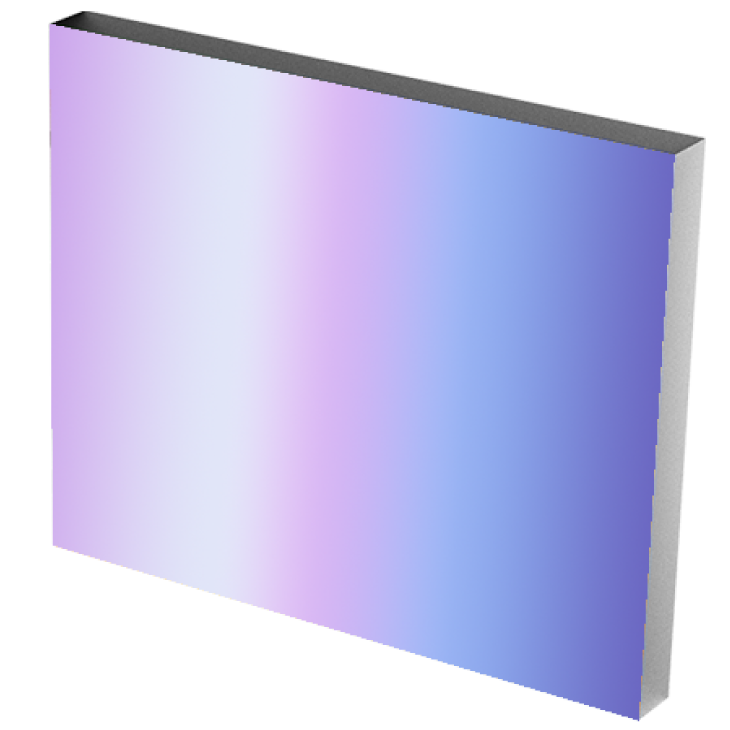





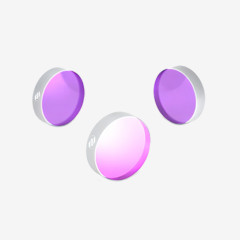
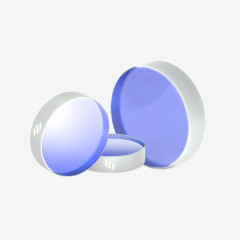
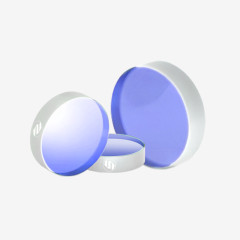
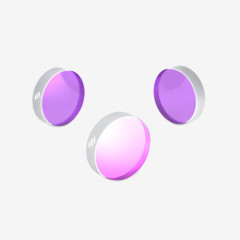

Product evaluation
%High praise
There are comments